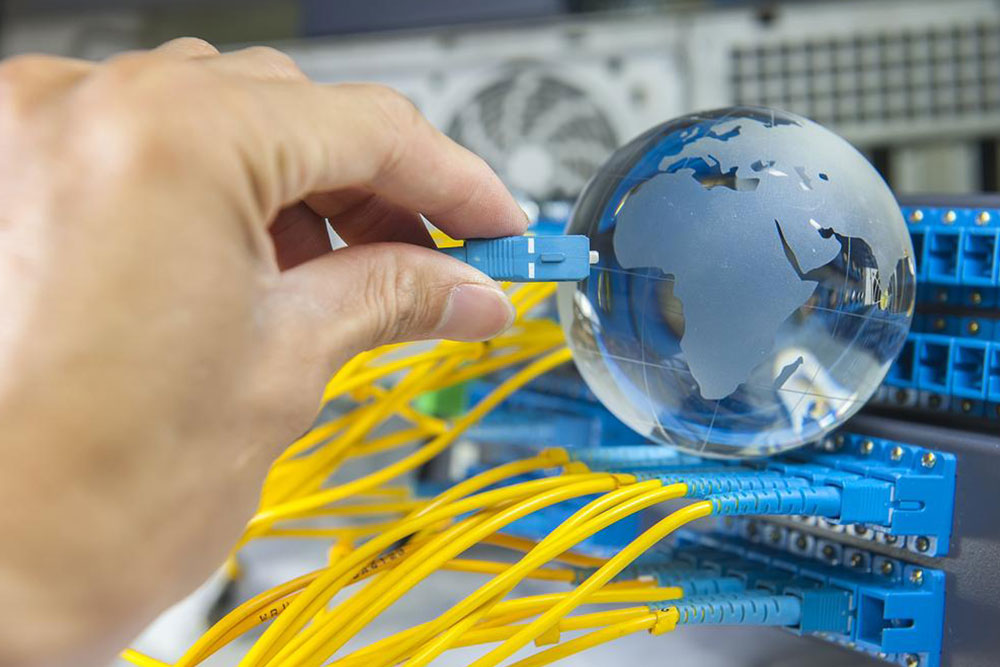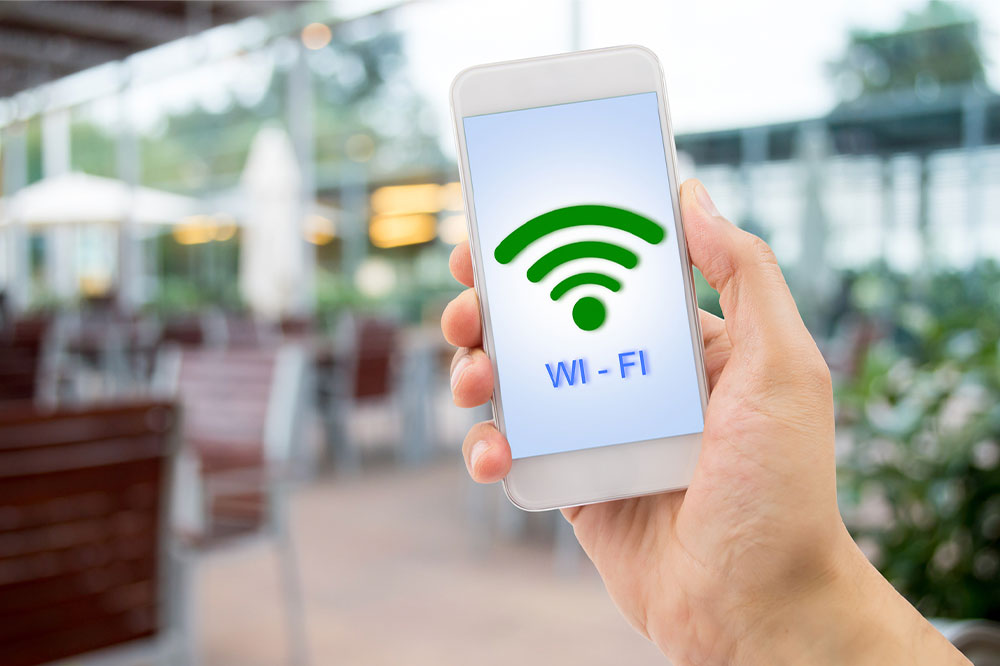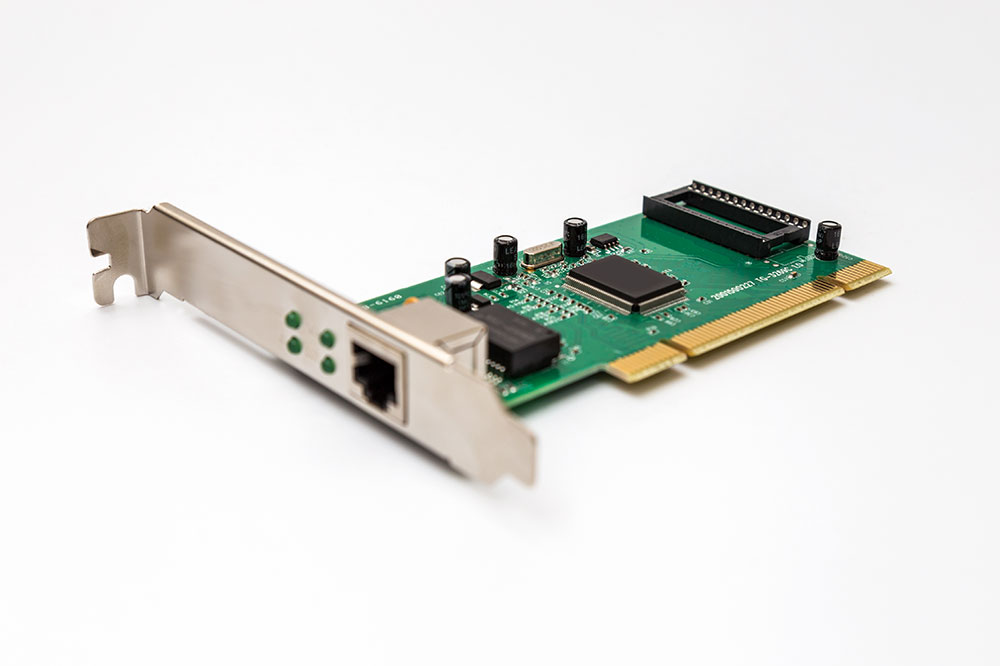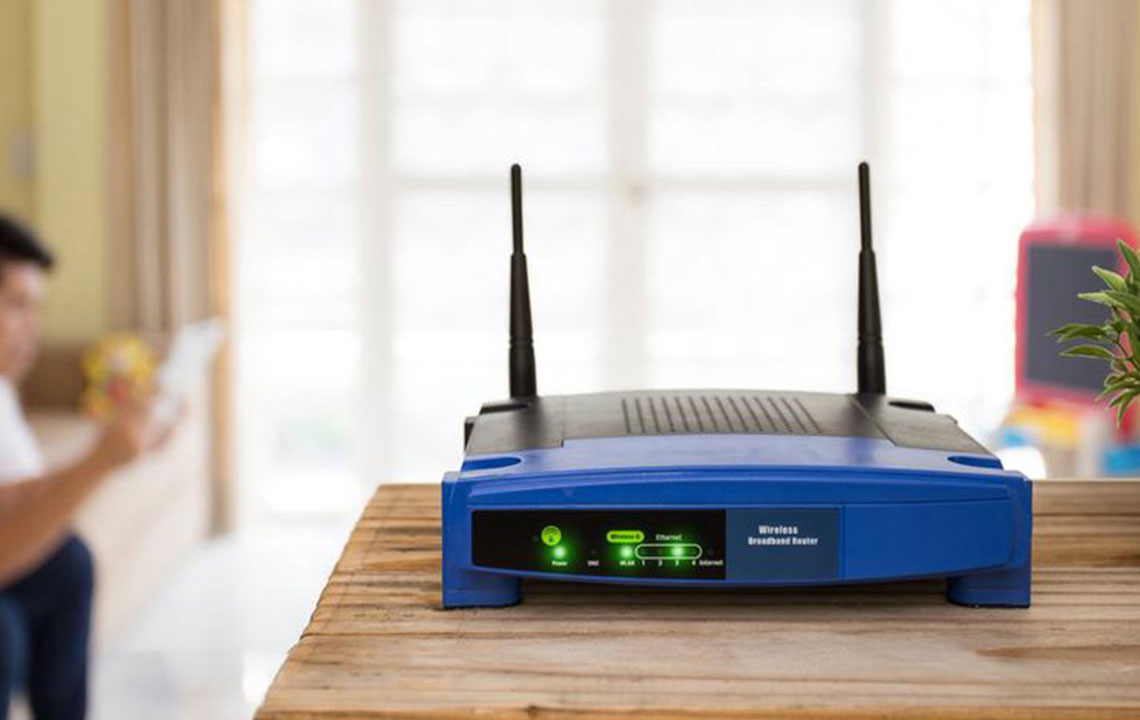Comprehensive Guide to Enhancing Your Internet Speed and Connectivity Stability
This comprehensive guide explores effective methods for boosting internet speed and ensuring stable connectivity. From hardware upgrades and optimal router placement to speed testing and service plan enhancements, learn proven strategies to improve your online experience. Whether working remotely or enjoying streaming entertainment, these tips help you achieve faster, more reliable internet performance. Regular maintenance, hardware updates, and considering switching providers if needed are key to maintaining optimal connectivity. Gain control over your internet quality with these expert-approved techniques.
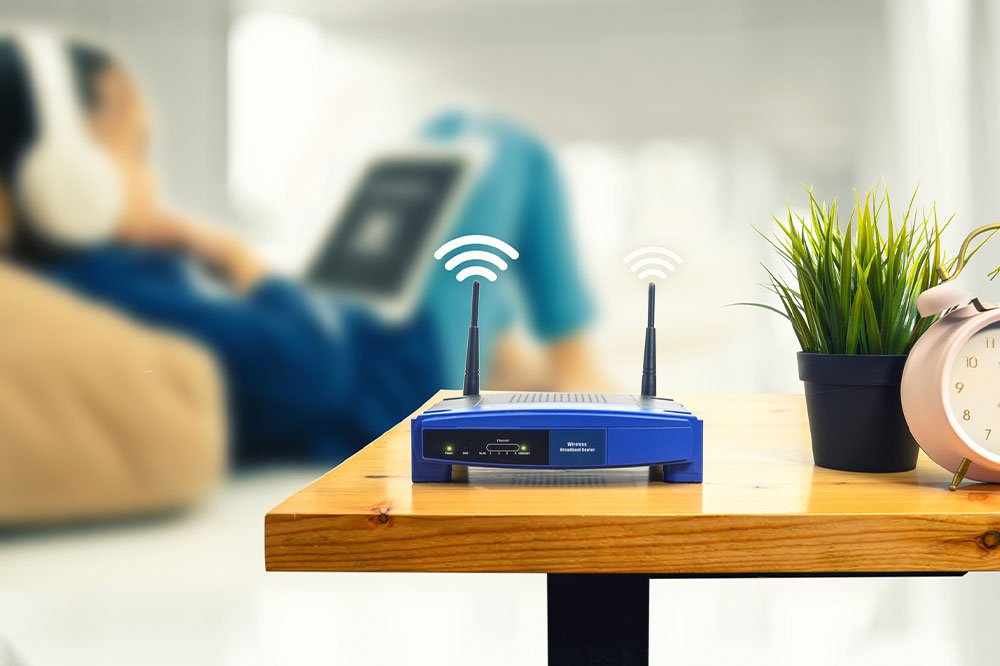
Proven Methods to Improve Internet Performance and Reliability
In today’s digital age, a fast and stable internet connection is essential for work, entertainment, communication, and many other daily activities. Experiencing sluggish internet speeds can be highly frustrating, especially when it causes buffering during streaming, slow download/upload times, or interrupted video calls. Such issues can significantly impact productivity and enjoyment. Fortunately, there are numerous strategies and troubleshooting tips that can help you optimize your internet connection. From understanding the root causes of slow speeds to making hardware upgrades and configuration adjustments, this guide aims to empower you with the knowledge needed to improve your internet experience.
Common Factors Contributing to Slow Internet Speeds
Many elements can cause your internet to slow down, ranging from physical distance and interference to outdated equipment and network congestion. For example, the proximity of your home or office to your Internet Service Provider's (ISP) hub plays a critical role; the farther away your location is from the provider’s infrastructure, the weaker your signal may be, resulting in lower speeds. Wireless interference from other electronic devices such as microwaves, cordless phones, or neighboring Wi-Fi networks can also degrade signal quality, causing fluctuations in connectivity.
Older devices and outdated networking hardware can introduce significant bottlenecks, reducing overall performance. Additionally, network congestion during peak hours or limited bandwidth plans can lead to slower speeds. Hardware issues, improper router configuration, and loose or damaged cables are often overlooked but can be easily addressed to improve performance. Recognizing these common causes allows you to take targeted steps to enhance your internet connection’s speed and stability.
How to Accurately Measure Your Internet Speed
Before attempting any corrective steps, it’s essential to assess your current internet performance. If your connection feels sluggish or streaming platforms buffer frequently, run a speed test. There are reliable online tools such as Ookla Speedtest, Spectrum Speed Test, and Fast.com that measure your download and upload speeds in real-time. For a more detailed analysis, you can use browser extensions or built-in network diagnostic tools available in Chrome or other browsers. Regularly testing your connection helps identify persistent issues, measure improvements after upgrades, and understand your bandwidth limitations, enabling you to make informed decisions about necessary upgrades or adjustments.
Practical Strategies for Improving Your Internet Connection
Ensuring your internet remains fast and dependable involves implementing some easy-to-follow, practical adjustments. Here are some effective tips to maximize your connection quality:
Upgrade Your Internet Service Plan: Ensure that your current plan meets your usage needs. If many devices are connected simultaneously or if you frequently stream high-definition video, consider subscribing to a higher broadband tier offering increased bandwidth and faster speeds.
Upgrade Your Networking Hardware: An outdated router or modem can significantly bottleneck your internet speed. Investing in the latest dual-band or Wi-Fi 6 routers can improve coverage and throughput. Properly configuring these devices and updating their firmware upgrades your network’s performance.
Optimize Router Placement: Place your router centrally in your home or office, ideally on an elevated surface, to maximize signal distribution. Keep it away from thick walls, metal objects, microwaves, and other electronics that cause interference.
Secure and Clear Your Network: Use strong passwords to prevent unauthorized access, which can slow down your connection. Also, regularly reboot your router to refresh the network and clear cache or temporary files that may impair performance.
Manage Browser and Device Settings: Clear browser cache and cookies periodically to prevent slowdowns caused by outdated temporary files. Keep your devices free of unnecessary background applications that consume bandwidth.
Reduce Signal Blockers and Interference: Minimize physical obstacles between your devices and router. Keep cables organized and away from electronic devices that can emit electromagnetic interference.
Switch Internet Providers When Necessary: If your current ISP cannot meet your speed or reliability expectations despite upgrades and optimizations, consider changing providers. Research local options for providers offering better plans or more consistent service coverage in your area.
By systematically applying these strategies, you can significantly improve your internet speed and connection stability. Enhanced connectivity not only speeds up your online activities but also provides a smoother, more reliable experience whether you're working remotely, streaming content, gaming, or participating in video conferences. Regular maintenance and timely upgrades are the key to keeping your internet running at peak performance, ensuring you stay connected in today’s increasingly digital world.

